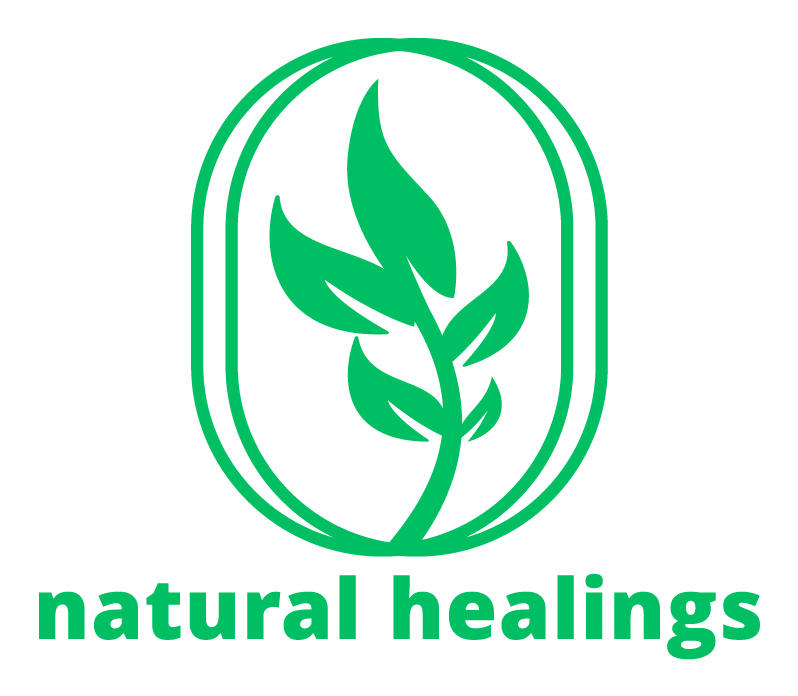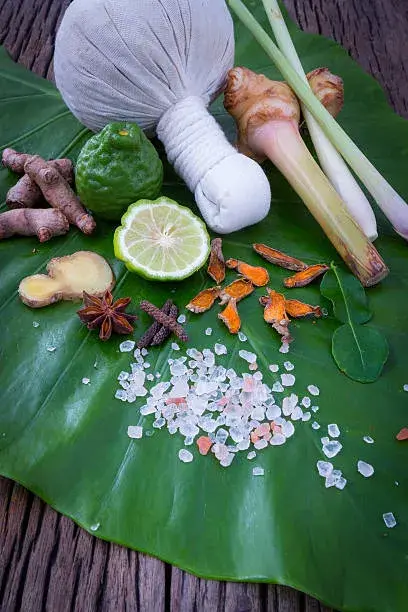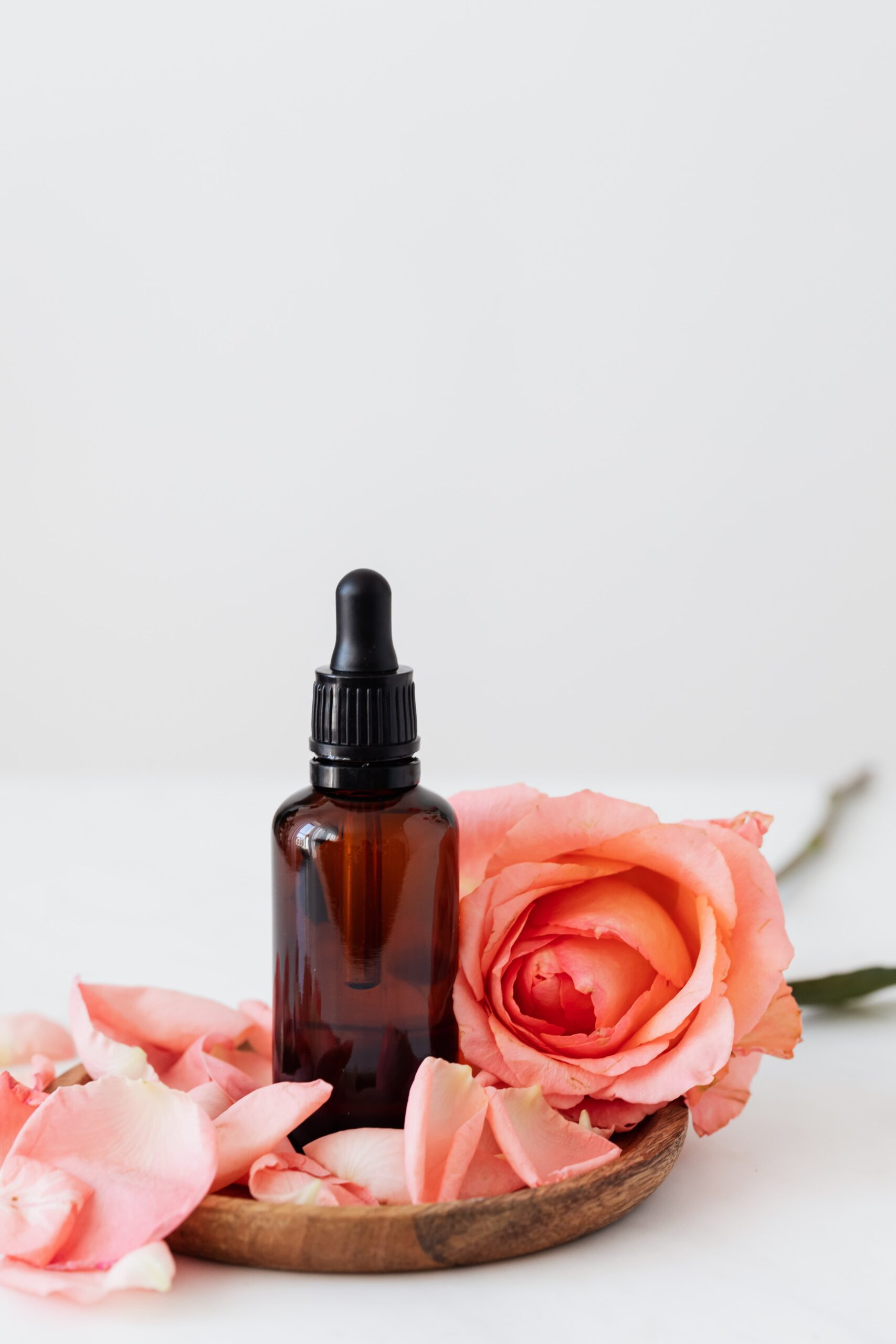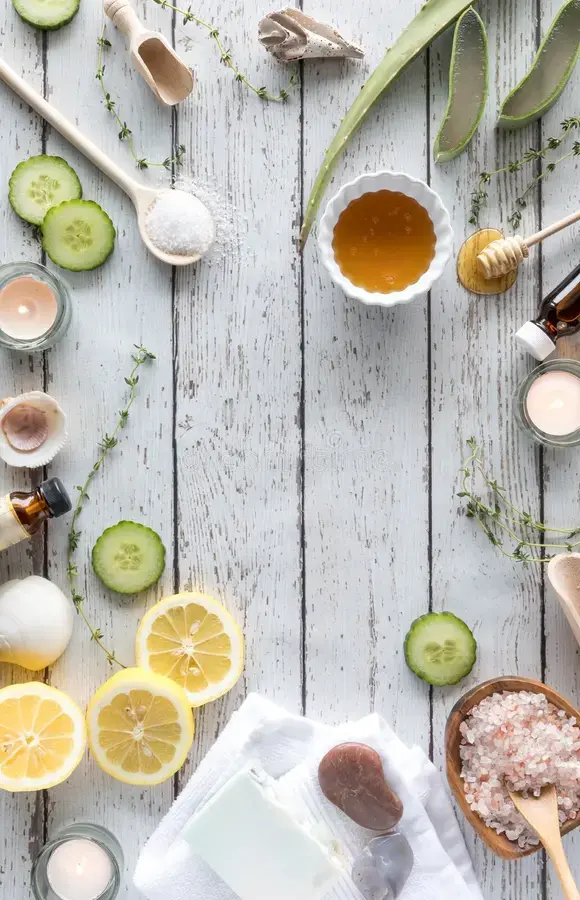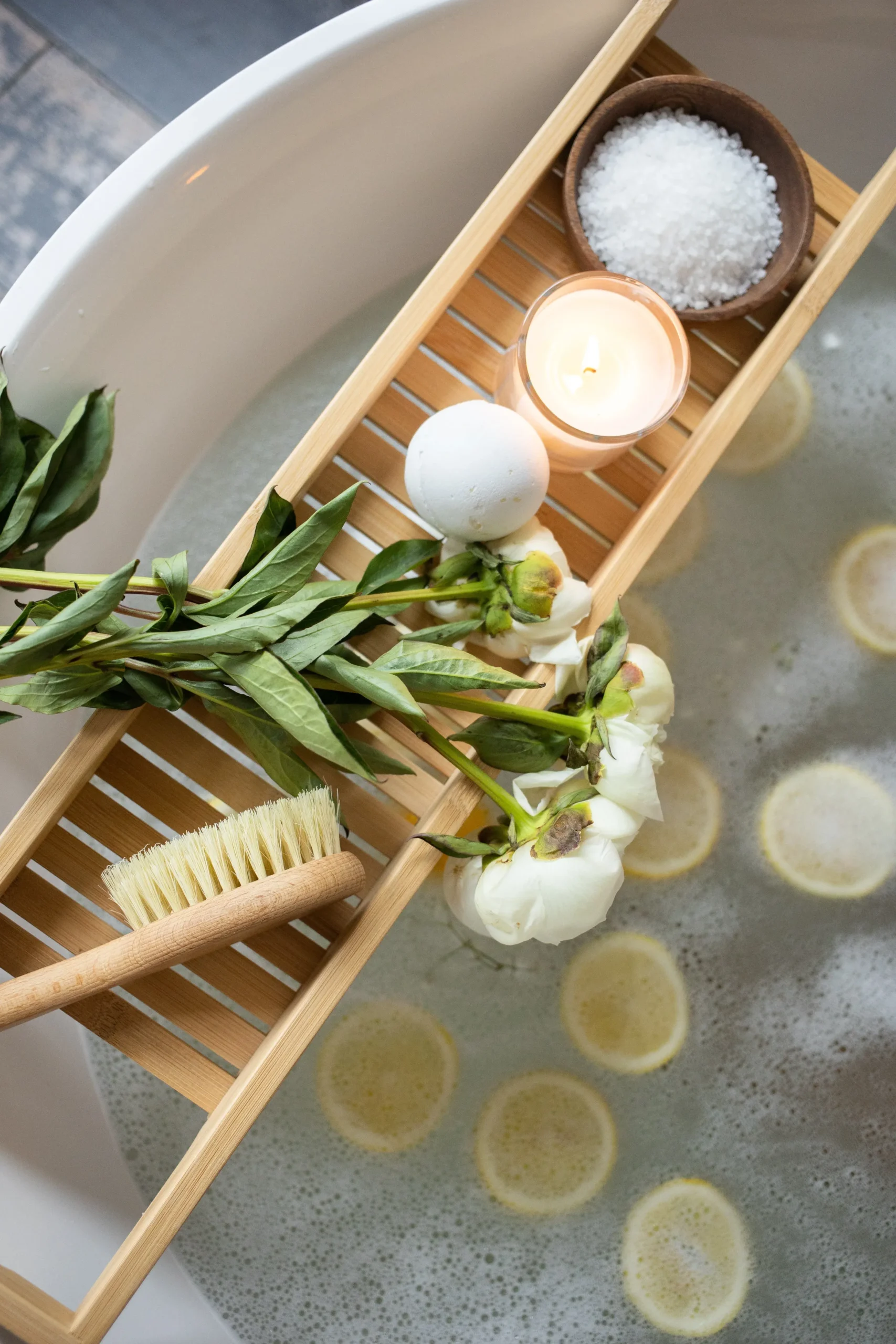Chives
Allium schoenoprasum
A part of the same botanical family as onions, scallions and garlic, chives grow from small bulbs and have a long history of culinary and medicinal uses. In the Middle Ages, chives were promoted as a cure for melancholy and believed to drive away evil spirits. Today, we know that chives and chive flowers are high in vitamin C, folic acid and potassium. Therefore, they should be routinely added to recipes to help restore vital nutrients lost in cooking. This herb’s tangy, aromatic taste comes from its high concentration of sulfur compounds and other essential oils, which are also partly responsible for its healing properties. Chives ease stomach distress, protect against heart disease and stroke and may help the body fight bacteria that can cause disease. In addition. the herb may increase the body’s ability to digest fat.
DON'T OVERLOOK CHIVE FLOWERS
The chive’s delicate purple flowers have a milder flavor than the leaves and add a decorative touch to salads, herb oils and other dishes. To make chive-flower oil, add 1’/; 0z. of the blossoms to 1 quart of vegetable oil. After a week, the oil will turn lilac and take on the fragrance of the chive flowers. Use the oil on salads or in cooking—keep it refrigerated when not in use.
Chives
Allium schoeno prasum
Therapeutic Effect: The medicinal properties of chives are as varied as their uses in the kitchen. Chives stimulate the appetite and promote good digestion. They can be used to ease stomach upset, clear a stuffy nose, reduce flatulence and prevent bad breath. Combined with a low-salt diet, they help lower high blood pressure. Plus, they have a mild diuretic effect, as well as some antibacterial properties.
🙤 Components
Chives are valued for their many essential minerals, including cardiac-friendly potassium, bone-strengthening calcium and blood-building iron. And unlike most other members of the onion family, chives are high in folic acid (a B vitamin), vitamin A and vitamin C. In fact, just 3% 0z. of chives supplies enough vitamin C to meet your daily requirement of 60 mg.
Extra Tip
If you like the oniony flavor of chives, make your own chive salt to add zip to all sorts of dishes. First, add some chives to some salt. Then bake the mixture in the oven to dry the leaves and blend the flavors. Store in an airtight jar.
✽ Cottage Cheese with Cloves ✽
Makes 4 Servings
8 oz. cottage cheese
1 tbs mustard
1 shallot
1 bunch chives
1/2 tsp. paprika
Salt
White pepper
- Blend the cottage cheese and mustard.
- Peel the shallot, chop finely and mix with the cottage cheese blend.
- Wash and dry the chives and snip them finely. Stir about two-thirds of the chives into the cottage-cheese mixture.
- Season the cottage cheese mixture with the paprika and add salt and pepper to taste. Sprinkle the remaining chives on top.
✽ Cholesterol Reduction ✽
♦ Scientific research shows that chives stimulate the body’s digestion of fat. Eaten regularly, chives may help lower blood cholesterol levels.
✽ Cold Prevention ✽
♦ The high vitamin C content in chives can help prevent colds. They also speed recovery if a cold develops by helping the body to expel mucus; the sulfurous compounds in chives are natural expectorants.
Kitchen Hint
♦ Cut chives just before you are ready to use them to preserve their vitamins, aroma and flavor. Chives are delicate; to prevent the loss of essential oils, snip them with kitchen shears rather than chopping or grinding them.
♦ Don’t heat chives or they will lose their valuable vitamin C as well as their digestive properties.
♦ Grow chives at home in a pot on the windowsill, Wait until the plant reaches about 6 inches in
height before cutting. Harvest the chive leaves frequently to prevent blooming unless you specifically want to use the flowers. Once the plant blooms, the leaves become much less flavorful.
♦ Freeze chives for future use. Frozen chives tend to retain more flavor than dried chives. Snip fresh chives into small pieces, then place them in an ice-cube tray and fill it with water. To thaw, put a chive cube in a strainer.
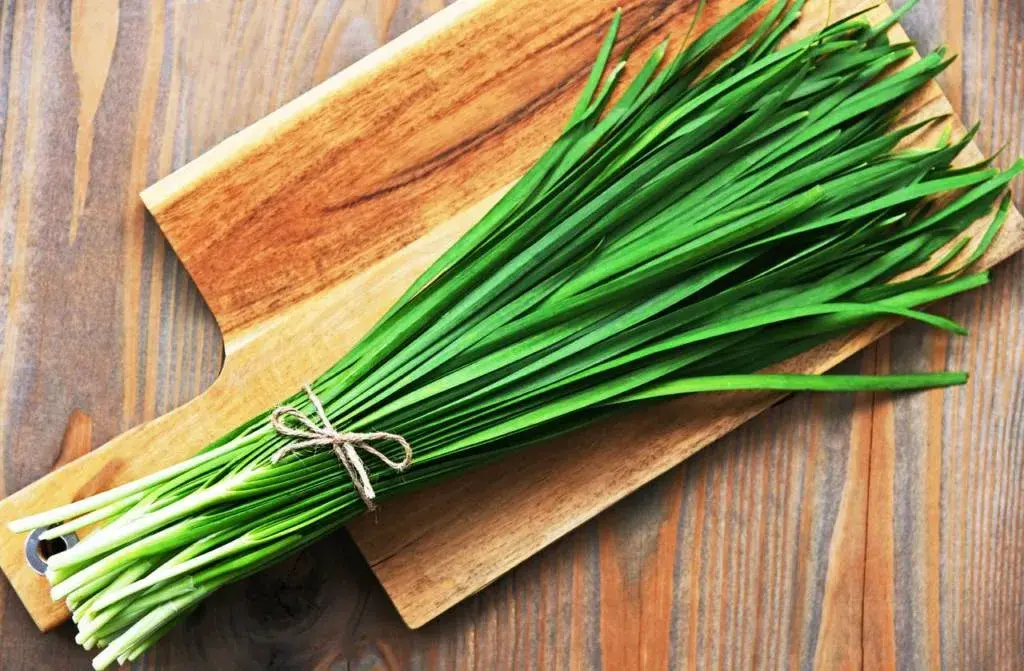
Extra Tip
Eating a lot of garlic can give you bad breath and body odor because the essential oils are excreted through the respiratory system and skin. To lessen this effect, chew parsley, thyme or peppermint immediately after eating garlic.
